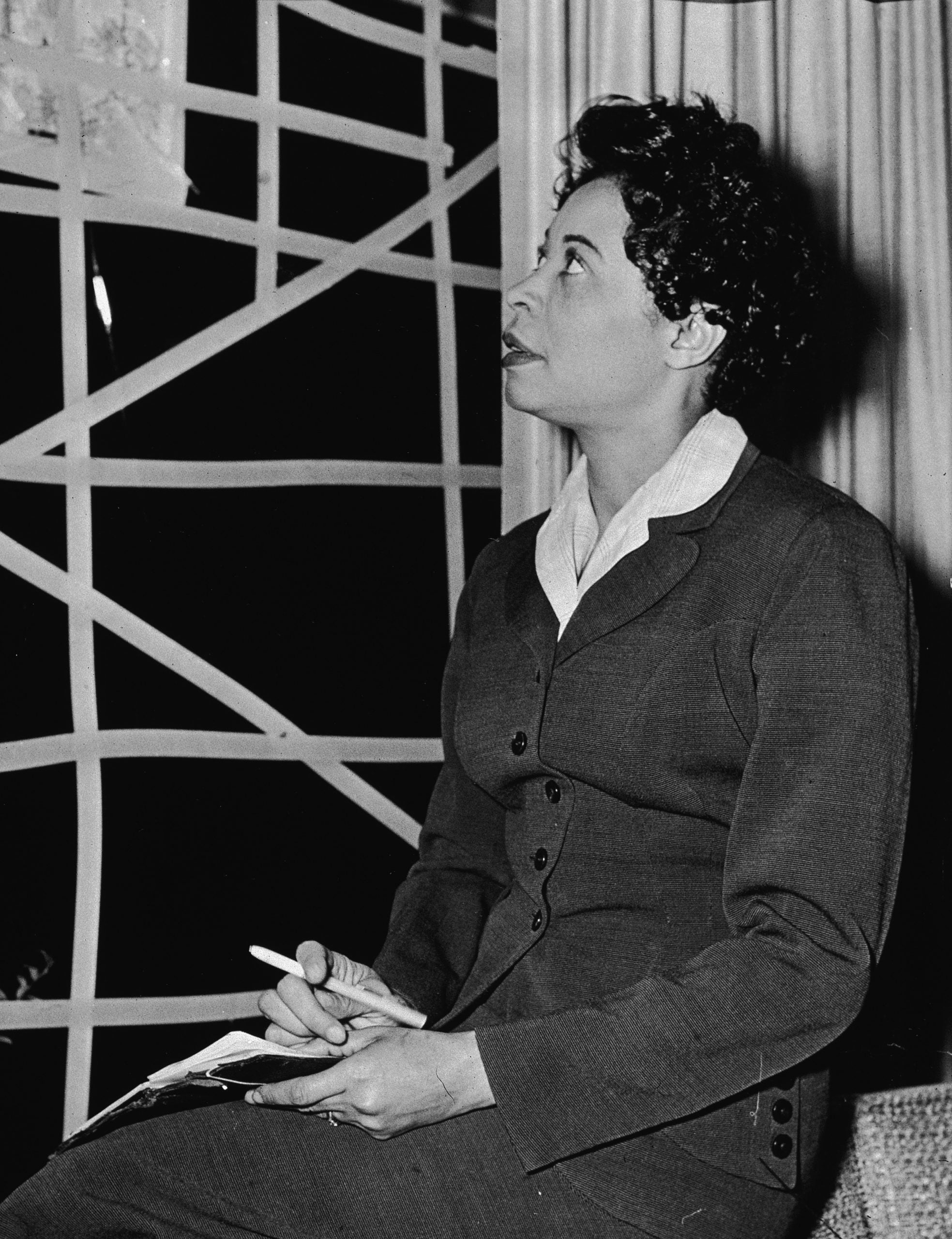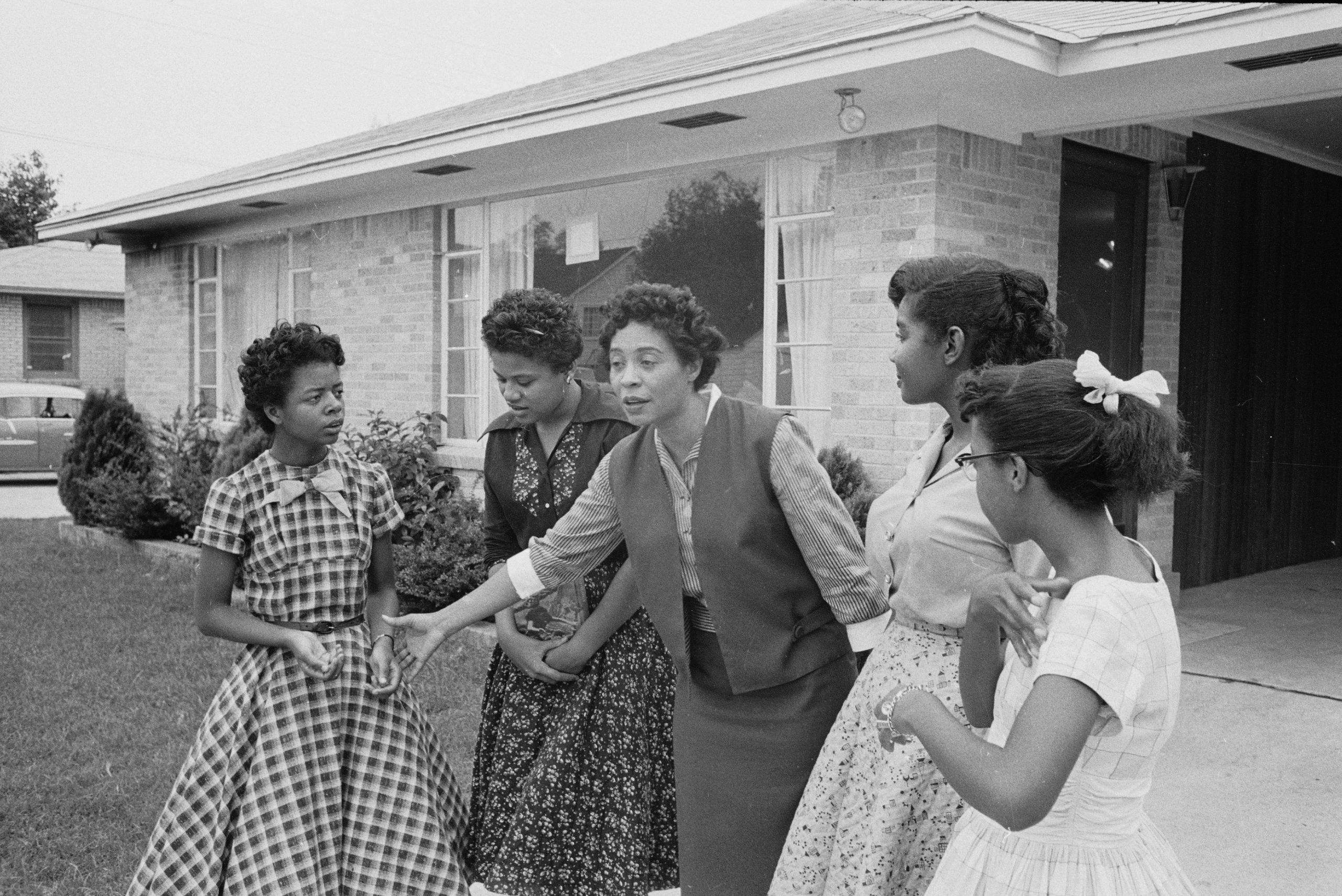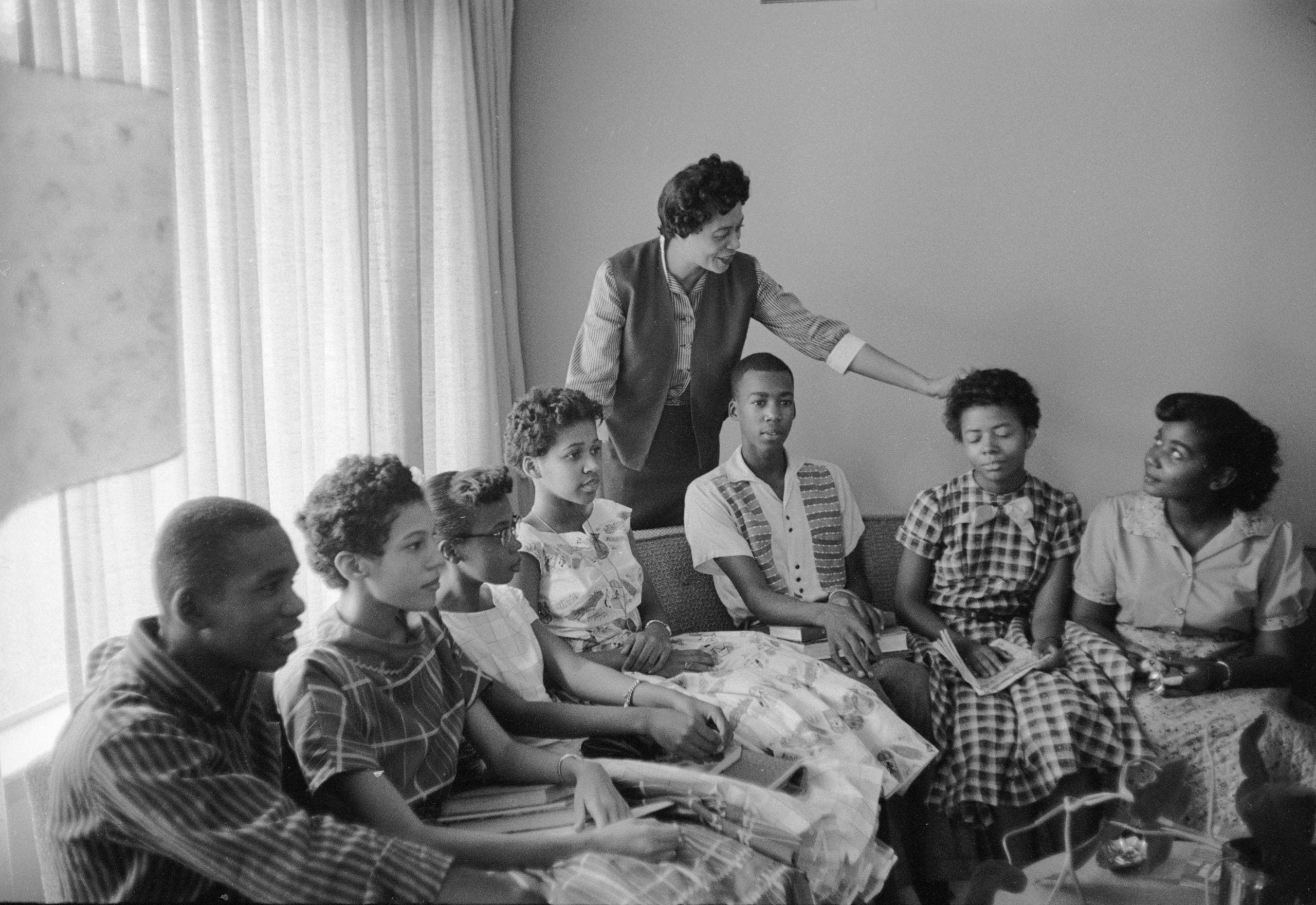Photos that line the home page of Little Rock Central High School today paint the southern institution as a poster child for diversity and inclusion. A little Black girl cheering with a little white girl; white students seated next to Black students; Black boy joy on full display.
And it is to be celebrated, the mere fact that these images even exist, given that as recently as 1957, Black children were forbidden from entering the school’s front doors. History will recall that Central High School was home to a group of integrationist Black students known as the “Little Rock Nine,” but it is less likely to celebrate the fact that Daisy Gaston Bates was the civil rights activist who took on the battle to end school segregation in Arkansas and won.

Bates, born Daisy Lee Gaston in Huttig, Arkansas, on November 11, 1914, is said to have grown up in the shadows of tragedy. At just three years old her mother was sexually assaulted, then murdered by three white men. Her father is said to have left her to be raised by friends of the family. But it is this childhood trauma that spurred her to become the author and activist she is remembered to have been. The woman who, with her husband Lucious Christopher “L.C.” Bates, ran the Arkansas State Press and confronted injustice both through words and actions.
The most enduring of her actions involves assembling a troop of nine school children: Minnijean Brown, Elizabeth Eckford, Ernest Green, Thelma Mothershed, Melba Patillo, Gloria Ray, Terrence Roberts, Jefferson Thomas and Carlotta Walls, and registering them to become the first African Americans to ever attend Little Rock, Arkansas’s Central High School.
History has never been particularly kind to Black women. It often neglects to celebrate our efforts, and our struggles to make America what it is today. But Daisy Gaston Bates should never be forgotten for her bravery, tenacity, and her vision for civil rights.
At the time Bates was the president of the Arkansas chapter of the National Association for the Advancement of Colored People (NAACP), having assumed the position in 1952. This was roughly 91 years after the Supreme Court defined “separate but equal” in Plessy v. Ferguson, a little over three years after Brown v. Board of Education determined school segregation was unconstitutional, and almost a decade before Jim Crow laws saw their legal demise with the Voting Rights Act of 1965.

Bates, through her work as a writer and editor, had been focusing her attention on the integration of schools since the Brown decision, but when the opportunity to integrate Arkansas arrived on her front steps, she became the chief strategizer in a plan to dismantle the segregationist vision of the Jim Crow south. Bates, along with other members of the Arkansas NAACP, vetted the group of nine students and resolved that they had the power, both in mind and strength, to face the opposition they would encounter at the doors of Little Rock High.
Weeks before the fateful day, she prepared the students for the battle ahead by providing counseling sessions. There they learned defense mechanisms, such as how to respond to intimidation tactics in a hostile school environment. And on September 25, 1957, after two prior failed attempts, Daisy Gaston Bates led those nine children from her home, into a school where teachers, students, and parents made it clear they were not wanted. President Eisenhower sent federal troops to ensure they made it past the sea of angry agitators and into their classroom seats.
Though Bates’s legacy was forever cemented in history for her work on school desegregation, she continued her thoughtful activism for years after that September day in 1957. She worked on anti-poverty programs in D.C., community revitalization in Arkansas, and even authored a book, The Long Shadow of Little Rock, detailing her struggle to integrate her home state’s schools.







At an event honoring Bates as the 1990’s Distinguished Citizen, fellow Arkansan and then-governor Bill Clinton crowned Bates “the most distinguished Arkansas citizen of all time.” In 2001, a little over a year after her death, it was declared that for her heroic efforts, Daisy Bates would be celebrated on President’s Day, the third Monday in February of every year in the state of Arkansas.
History has never been particularly kind to Black women. It often neglects to celebrate our efforts, and our struggles to make America what it is today. But Daisy Gaston Bates should never be forgotten for her bravery, tenacity, and her vision for civil rights. “In the integration struggle, rocks were thrown through her window, a burning cross was placed on her roof, and the newspaper published by her and her husband, L.C. Bates, was ultimately destroyed financially,” The New York Times wrote in her November 5, 1999 obituary. “But she nurtured the nine black children who faced vicious insults and physical intimidation. She encouraged them to be courageous, while striving to guard them against howling white mobs.”
Though the images that scroll past the homepage of Little Rock Central High School today may celebrate the diversity of the now-historic landmark, let it never be forgotten that it was Daisy Gaston Bates’s indelible impact that made those images possible.




